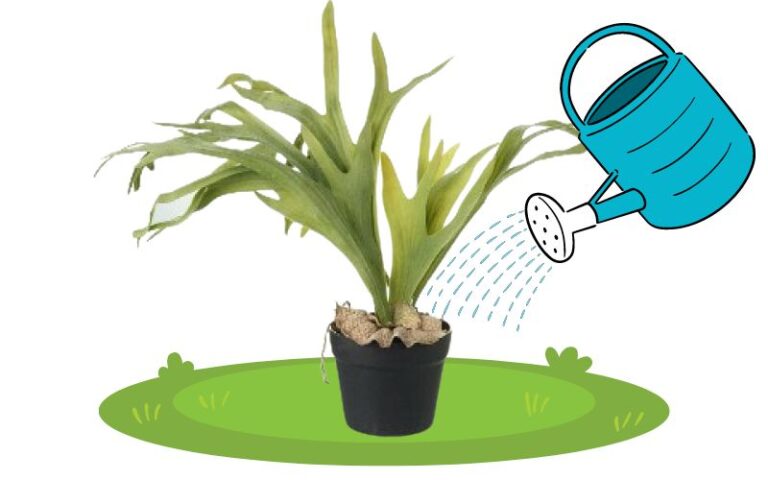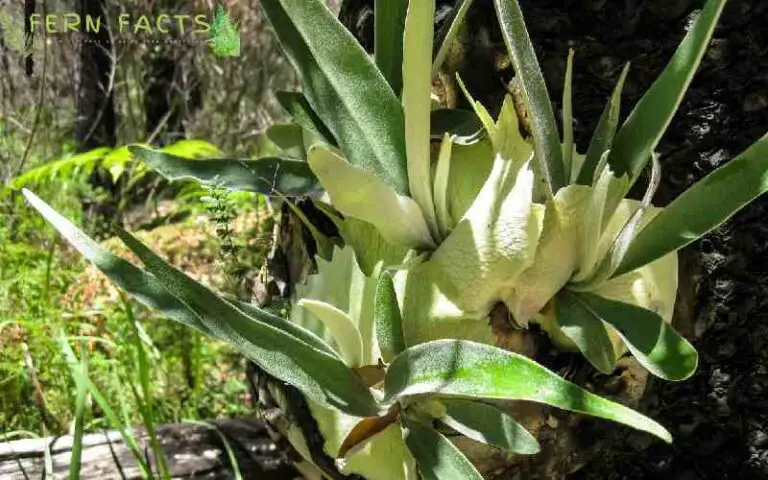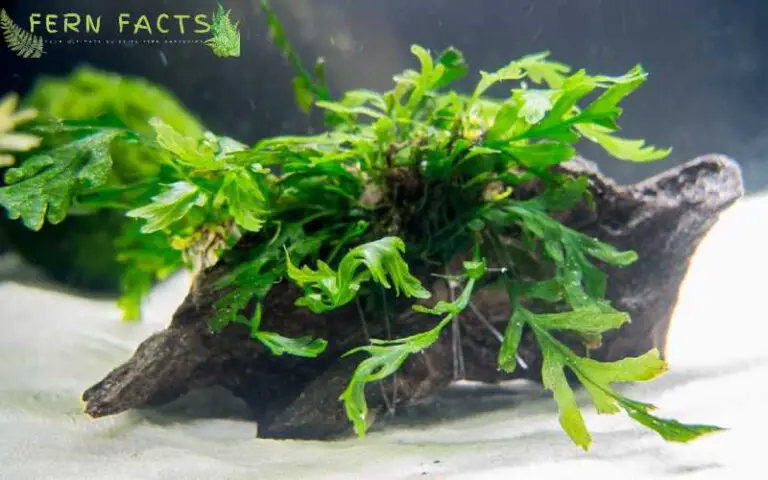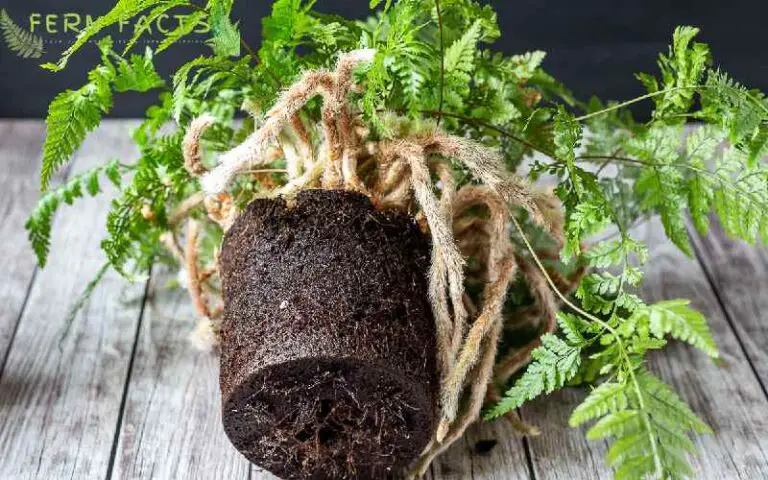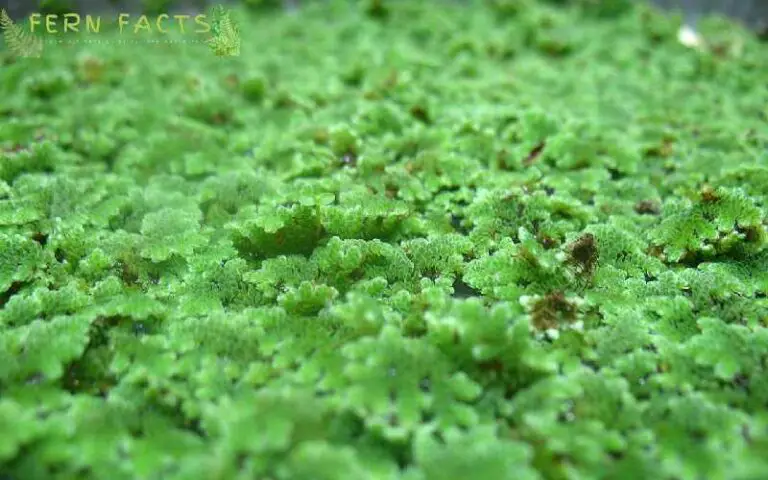How to Plant and Grow Boston Fern
Boston Fern is another variety of fern species. These are some of the famous species for cultivation among plant enthusiasts or gardeners.
For decades, Boston ferns have been people’s favorite plants for both indoor and outdoor use. If you have thought about buying Boston fern for your garden but don’t have much knowledge about how to proceed, then certainly!
This article is for you. In it, I’ll give you a general overview of Boston ferns and their characteristics, giving you an overall idea about them.
Later I’ll provide some varieties of these Boston ferns, their planting time, and how to plant or grow them so that you can cultivate them in your house or garden.
Finally, I will end this topic by giving you some guidelines for caring for and maintaining your ferns. So, let’s start with Boston Fern’s comprehensive guidelines.
Overview of Boston Fern
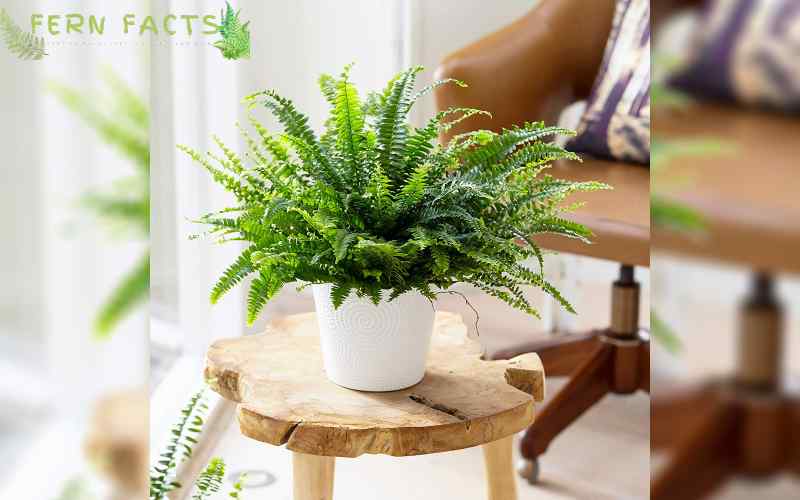
- Botanical name: Nephrolepis exaltata
- Plants: Evergreen
- Native range: America
- Native habitats: moist shady locations like humid forests, swamps, and floodplains
- Shade requirements: partial shade or full shade
- Height: 20 to 98 inches
- Soil: acidic soil (6.0 to 6.5), moist well-drained, drought tolerant
In many countries, Boston Fern is also known as sword fern blue bell Fern, tuber ladder Fern, or fishbone Fern.
Although their average height is around 40 to 60 centimeters, they can grow up to 1.5 meters in extreme cases. They are fond of moist shady places for their natural habitats.
Their soil can also tolerate drought; however, you need to mist these plants if the humid conditions drop below 80%.
Types of Boston Fern
Although it’s a subspecies of fern species, Boston Fern has their carotene and categories. Let’s look at some varieties that are the best for cultivation or planting.
Florida Ruffle fern
Florida ruffle fern is one of the popular breeds of Boston ferns. This fern has fluffy ruffled fronds that can grow in dense vegetation. These species can grow both indoors and outdoors. However, it will thrive in a more humid atmosphere.
Golden Boston
Golden Boston Ferns are also a subspecies of Boston ferns that have golden leaves. This fern can be planted in a pot, and it must be relocated inside the house during winter.
These plants are also natural air purifiers for home environments, and they are also low maintenance ferns to plant.
Rita’s Gold Ferns
Similar to Golden Boston ferns, this fern also grows yellow or golden at its initial stage. These fern fronds have a little shimmery look in the sunlight.
These golden foliage will give stunning appreciation, especially the newly grown fronds.
Fluffy Duffy
Fluffy Duffy plants also other varieties of Boston ferns, which are small, dense ferns and have fine textures.
This variety of ferns is well known for hanging in baskets indoors or at home. This fern will also bloom or thrive more effectively if it gets proper misting.
Tiger Fern
Boston ferns another category is tiger ferns. This fern’s fronds are known for their colorful variations throughout the seasonal growth. It has mostly yellow-green foliage.
Tiger ferns are also well known for hanging in baskets in humid conditions. Mostly, this plant is fond of partial shade with a bright place.
Boston Fern Planting Time and Cultivation Process
If you are thinking about planting Boston Fern in your garden then you need to plant these ferns according to their correct seasonal time.
Otherwise, it will be really difficult for you to grow them. The best time for planting Boston Fern is in the spring or fall seasons.
If your fern is indoors, you can plant it at any time of the year. However, if it’s outdoor or in your garden, you can plant it between the spring and fall seasons.
Now, to plant or cultivate this fern, first, you need to choose a spot for your plant. The spot should be under shade with moist and well-drained soil equipment.
Then, dig a hole that should be as deep and double the width as the nursery fern containers have. After that, place your fern in the ground and fill the gap with soil and a little bit of compost mixture.
You can also mix mulch in the base of your soil to give them extra moisture for hydration. Lastly, create a humid environment so that your plants can thrive in nature.
Also Read: What is a Mosquito Fern: Mosquito Fern Habitat Info and More
How to Grow Boston Ferns From Seeds
Ferns don’t grow from seeds like other plants, however they grow from spores out of adult plants. Therefore, you can buy spores from any store or collect your existing Boston fern spores.
At the very first, you have to collect a piece of paper, a jar or pot, soil, compost, and peat. Then hold the paper below the fronds of any adult ferns, then gently shake the fronds, which will allow the spores to fall into the paper.
Then put it in a jar and place it in a warm place. For both indoor and outdoor plants, prepare the soil to generate a certain amount of compost and peat.
Then wet the soil’s upper portion a little bit and spread the spores in it. Later spray some water or mist over the spores. Try to mist the soil regularly to keep the soil moist.
After a couple of days, you will notice a green haze (prothallia) coming out from the soil.

Boston Fern Care and Maintenance
After planting your Boston ferns, you need to take care of your fern. Although they are low-maintenance plants, they still need some care and maintenance for healthy fresh growth.
Let’s Look at the factors that you need to follow to give your plants healthy thriving growth.
Light requirements
If your Boston Fern is an indoor plant, then you must place them in a bright room where they can get indirect sunlight.
Direct sunlight could be problematic for these plants and burn their fronds due to excessive heat consumption. Therefore, indirect light, like an east-facing window, would be ideal for your plants.
Again, if you keep your plants in too dark and shady places, their fronds might get dull and sparse. For these reasons, you need to give them bright indirect light to bloom.
Soil Conditions
Boston ferns are fond of moist soil with a good drainage system. Although they can tolerate drought conditions, they still need hydration and moisture in their soil.
The ideal soil with a pH level of 5 to 5.6 and rich organic materials will retain the soil’s nutrients.
Similarly, for container plants, you need to put a hole in the pot so that the unnecessary water doesn’t affect the soil conditions because poor drainage soil can cause root rot in your plants.
Water techniques
The key technique is to water your plants in a balanced way during their hydration period. Unnecessary watering can kill your plants.
If you overwater your plants, then that abundant water can rot the roots of your plants because the soil would be too moist, soggy, and mushy.
Ultimately it will rot the roots of your plants. Boston plants’ growing phase increases during the spring and summertime. In those seasons, they require weekly watering which will help them to grow actively.
Outdoor plants also need weekly watering more frequently because of the warm atmosphere in those seasons. Less water and dehydrated soil might kill your plant. That’s why, regularly check the soil conditions before watering your plants.
In the winter and fall seasons, Boston ferns are frozen, so you can decrease the watering level because the plant goes dormant at that time.
Their growth is gradually stopped in the dormancy stage compared to the other seasons. However, try to make sure fronds don’t get dry or crispy conditions because of less watering.
In such cases, you can mist the fronds so they don’t dry out so much.
Fertilizer
Although these ferns are low maintenance and low feeder, they still need to be fed for their successful growth in different seasons.
For healthy growth, your Boston ferns need to be planted in soil amended with 1 inch of compost and mulch.
Similarly, you need to feed your indoor plants once a month during the spring and summer seasons. During this time, you can mix 20-10-20 liquid house plant fertilizers with the soil.
Avoid feeding your plants during the winter and fall seasons because they need less nutrients. During that time ferns go on a dormancy period, therefore you can avoid fertilizing the soil during that time.
Temperature and Humidity Level
Boston ferns are fond of 65 to 75 F temperatures for growing periods. These ferns are less tolerant of excessive heat or excessive cold.
If the temperature goes beyond 95 F or less than 35 F, your Boston fern can be harmed equally in both temperatures. Similarly, they require an 80% humid atmosphere for their growing phase; otherwise, their fronds might dry out due to lack of humidity.
If your place has less humidity, then you can increase the humidity by creating an artificial humid atmosphere for your plants. For this, you need to place your plants on a tray with water and put some pebbles around it.
And so, give regular misting to your ferns. This will balance the humidity level of the environment. Alternatively, you can also buy any humidifier which will maintain the balance of your house.
Pruning
As Boston ferns, fronds are small compared to other fern species. Therefore, there would be numerous little fronds that would dry out or fall off due to seasonal transition.
That’s why you need to cut down your plants by about 2 inches during the springtime. It will eventually help to regenerate the new lush plants in the next seasons.
Pests and Diseases
Similar to all other ferns, Boston Fern also gets attacked by mealybugs, spider mites, and Whiteflies. Moreover, their green leaves are also a popular feed for snails, caterpillars, and slugs. In those cases, you need to give them prescribed treatment.
You can also remove snails and caterpillars from your hands and try to observe your plants daily. Even Boston ferns’ rotten roots can give them fungus diseases, and Boston fern blight disease is also caused by fungi.
If you observe brown dark spots on their foliage and roots, then your plants are certainly affected by blight disease. In such cases, you need to use fungicides to save them.
You can also replant your ferns with a new soil compost mixture. Also, you can divide plants into two parts while detaching the affected section aside and repotting the unaffected or healthier area in a new pot.
- Read More About How to Care for and Grow Pyrrosia Splendens Fern.
Final Thought
Finally, Boston ferns are one of the most popular varieties among plant lovers for decorating their houses.
Being a plant lover, you can easily plant and grow these above ferns indoors and outdoors with the guidelines.
Afterward, you can maintain and enlarge these Boston ferns in your house effortlessly by giving them proper maintenance such as proper lighting, watering, soiling, fertilizing, temperature, humidity, pruning, and pest control checkup.


